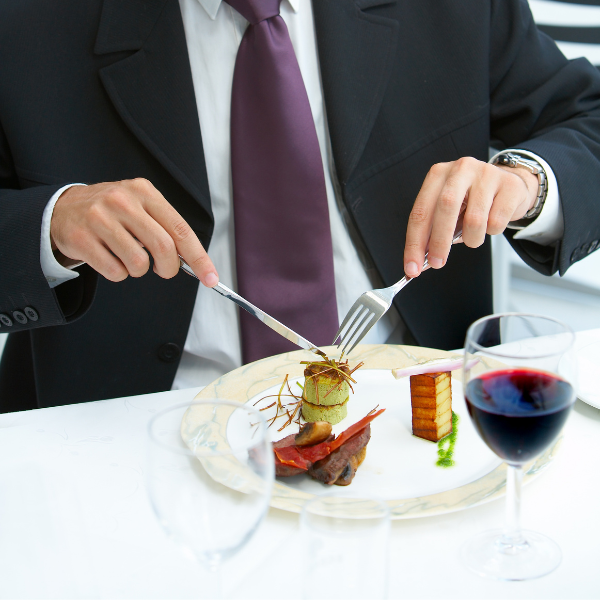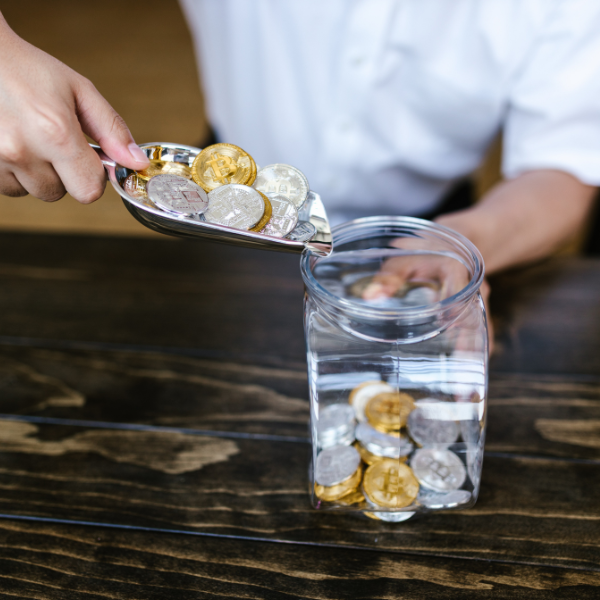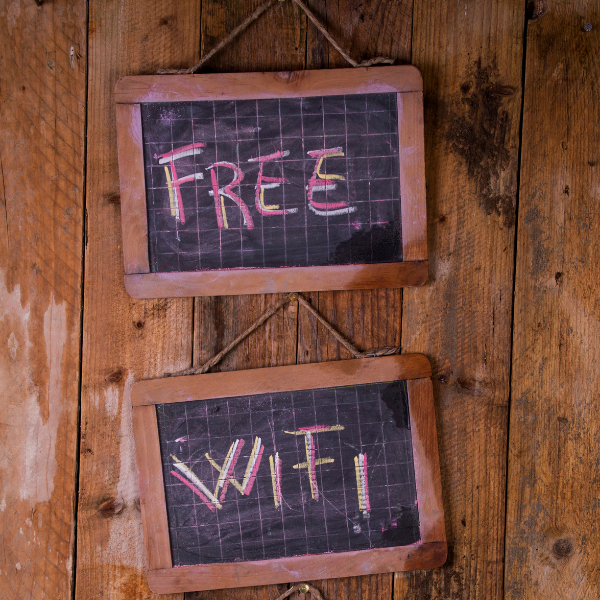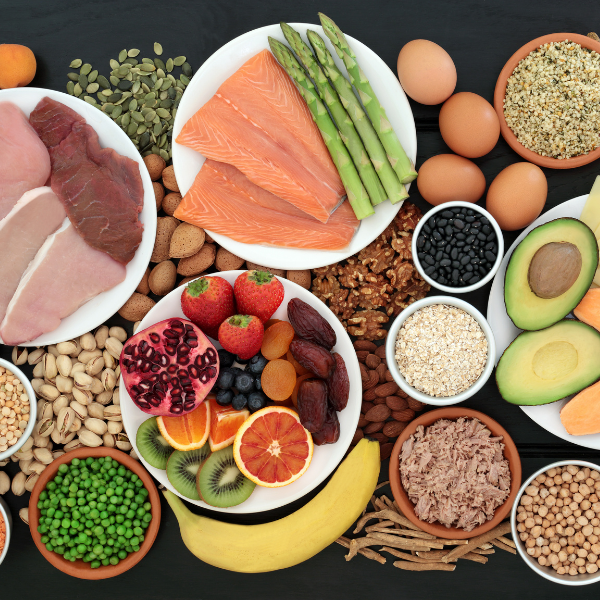It can be convenient to know how to reseal a wine bottle. Whether trying to keep a vintage fresh for a future date or want to ensure that an unfinished bottle doesn't go to waste, resealing your wine can help maintain its flavor and quality. This guide discusses the different ways you can reseal, store, and preserve your wine.
Why Reseal Wine?
Any wine buff will tell you that one of the cardinal sins of wine enjoyment is to let a good bottle go to waste. Once a bottle of wine is opened, it begins to oxidize and the flavor starts to deteriorate. But if you're not planning on drinking the whole bottle in one sitting, how can you keep it from going bad? The answer is: resealing. By placing a cork (or another type of stopper) back in the bottle, you can limit the amount of oxygen that comes in contact with the wine, preserving its flavors.
This technique is beneficial if you've made a food and wine pairing mistake and opened a bottle that doesn't pair well with your meal. You may also have opened multiple bottles of wine at a party or gathering, but they won't all finish. Another reason to choose to reseal a bottle of wine is if you're working in a foodservice establishment and have people ordering wine by the glass or if you're letting guests sample the wine.
How To Reseal A Bottle Of Wine
With The Cork
If the cork that came in the bottle is in good condition, and you plan on drinking the wine within a few days, simply insert the cork back into the bottle. If the cork is in bad condition or you want to keep the wine for longer, it's best to use a new cork. To do this, first clean the inside of the bottle neck with a wine brush or clean cloth. Then, wet the new cork and insert it into the bottle. Use a wine pump to remove air from the bottle and create a tight seal.
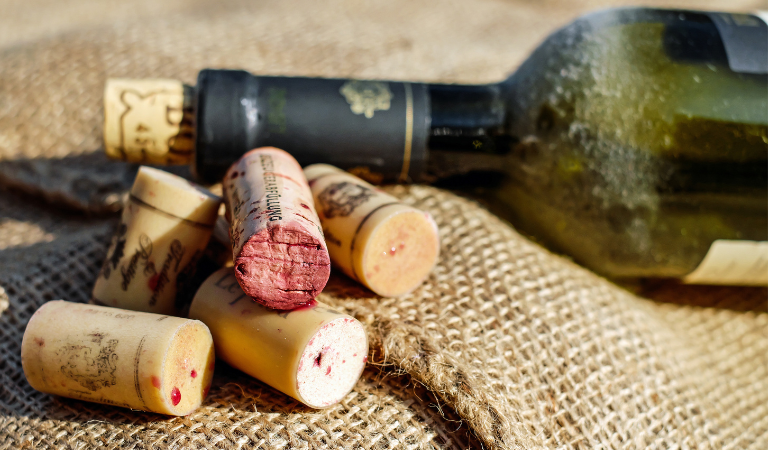
Reusable Rubber Stopper
If you don't have a cork or wine pump on hand, you can use a reusable rubber stopper to reseal your wine. Simply clean the inside of the bottle neck with a wine brush or clean cloth. Then, wet the rubber stopper and insert it into the bottle. The snug fit will create a seal to keep oxygen out and your wine fresh.
Wine stoppers are a great way to reseal an open bottle of wine. The rubber stopper fits snugly into the opening of the bottle, and the pointed end makes it easy to push into the wine. You can find wine stoppers at most stores that sell wine, and they are an excellent investment because you can use them repeatedly. If you are looking for an easy way to reseal your wine bottle, then a wine stopper is the way to go.
Wax Paper
If you don't have a cork or wine stopper, you can use wax paper to reseal your wine. First, clean the inside of the bottle neck with a wine brush or clean cloth. Then, get a piece of wax paper the same size as the cork so it wraps without overlapping. Wrap the wax paper around one end of the cork. Place the end with the wax paper over the bottle at an angle. Hold the bottle and push the cork back in with a rocking motion; don’t twist because it can wrinkle or rip the paper. Press until the cork is in place. This will help to preserve the quality of the wine and ensure that you can enjoy it at a later time.
Paper Towel
Paper towels can be used as a quick fix for an opened bottle of wine, but this method should not be relied on for an extended period of time. First, clean the inside of the bottle neck with a wine brush or clean cloth. Then, fold a paper towel two inches wide. Roll it from the shorter ends until it is rolled and resembles a cork. You can measure it against the opening of the bottle to see if it will fit, and then cut it if necessary. Then wrap the whole thing in plastic wrap and secure it with tape. Position it over the bottle and twist and push at the same time until it is in place.
Paper towels are not as sturdy as rubber or silicone, so they will break down over time. In addition, paper towels are not waterproof, so they will not hold up well if the bottle is stored in a moist environment. If you need a more permanent solution, consider using another method that is more durable and will last longer.
Wine Saver
A wine saver is a small device that pumps air out of an open bottle of wine and then seals the bottle with a rubber stopper. This process removes the oxygen — which causes the wine to oxidize — from the bottle and preserves the wine for up to two weeks. Wine savers are available at most stores that sell wine, and they are a great investment if you frequently open bottles of wine that you do not finish.
Some wine saver pumps can come with an inert gas, which replaces the air in the bottle and helps to preserve the wine for a while. Other, more basic vacuum sealers and stoppers are more common and more affordable but won’t preserve wine for as long.
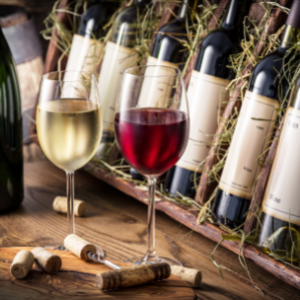
How To Store A Wine Bottle
The best way to store a wine bottle is in a cool, dark place. Ideally, the temperature should be between 55 and 59 degrees Fahrenheit. The wine should also be stored upright so that the cork stays moist. If the cork dries out, it can shrink and allow oxygen to enter the bottle, which will spoil the wine. When storing wine, you should also avoid places with a lot of vibration, such as near a washing machine or dishwasher. Vibration can cause the sediment in the wine to become agitated and spoil the flavor of the wine.
How you store your wine after resealing it is just as important as how you store it before opening it. You want to keep the wine out of light, refrigerate it, and store it upright so that the surface area exposed to oxygen is minimized. You also want to avoid sharp changes in temperature. If you don't have a lot left in the bottle, you can transfer it to a smaller bottle so there's less room in the bottle for oxygen. By following these simple storage tips, you can ensure that your wine will stay fresh and delicious, even after opening.
The Role of Wine Glasses in Preserving Flavor
Using the right wine glass for serving is just as important as resealing and storing your wine. Wine glasses are designed to enhance the aroma and taste of the wine. For example, red wine glasses typically have a larger bowl to allow for better aeration, while white wine glasses are smaller to retain cooler temperatures.
Proper glassware ensures that the wine’s flavors remain untainted, even if the bottle has been previously opened and resealed. It’s also best to check wine glass reviews to help you choose the best wine glass.
How Long Does Wine Last After Opening?
Resealing a bottle of wine doesn’t necessarily preserve it forever. After opening, different wines last for different amounts of time. It’s important to note each type of wine’s shelf life after opening, so you don’t risk saving an opened wine bottle for too long and it going bad. Typically, after being opened and resealed, the following wines last:
- Sparkling wine: 1-2 days
- Light white wine: 4-5 days
- Red wine and rich white wine: 3-6 days
- Dessert wine: 3-7 days
- Ports: 1-3 weeks
Best Wines For Picnics
While discussing wine preservation, it’s also essential to highlight wines that are perfect for outings like picnics. A picnic provides a relaxed atmosphere where the right bottle of wine can enhance the experience. Here are some top recommendations for picnic-friendly wines:
Rosé Wines
Rosé is a classic choice for picnics. Its light, crisp, and refreshing profile pairs well with a variety of foods, from cheese platters to fruit salads. Look for dry rosés like those from Provence for a perfect balance of flavor and acidity.
Light White Wines
Wines such as Sauvignon Blanc or Pinot Grigio are excellent for outdoor settings. Their bright acidity and fruity notes make them easy to enjoy on a warm day. These wines also pair wonderfully with picnic staples like grilled chicken, salads, and seafood.
Sparkling Wines
Nothing says celebration like a sparkling wine! Prosecco or a dry Cava can add a festive touch to your picnic without being too heavy. Plus, their crisp bubbles complement a wide range of light picnic foods.
Chilled Red Wines
For red wine lovers, a slightly chilled bottle of Beaujolais or a light Pinot Noir is a great option. These wines are flavorful without being overly heavy, making them suitable for casual outdoor dining.
Canned Wines
If portability is a priority, canned wines are a fantastic option. They are lightweight, easy to transport, and don’t require glassware, making them perfect for picnics. Many high-quality brands now offer great-tasting wines in convenient cans
Wine Preservation Tips for Picnics
While enjoying wine outdoors, resealing is crucial to maintain its freshness. If you don’t finish the bottle, be sure to use a reusable stopper or wine saver to minimize oxygen exposure. Pair your wine with the proper glassware to enhance its flavor, even in a casual setting.
Adding these wine suggestions to your picnic will elevate the experience and ensure you enjoy every sip, whether it’s a sunny day at the park or a sunset on the beach.
Extend Freshness Beyond Wine: Produce Preservation for Restaurants
Just like wine, fresh produce benefits from proper storage and preservation. In professional kitchens, maintaining the quality of fruits and vegetables is essential to deliver top-notch meals and reduce waste. Here’s how you can ensure your ingredients remain fresh while also preserving opened bottles of wine.
Produce Preservation Tips for Restaurants
-
Temperature Control
Just as wine needs specific temperatures to stay fresh, so does produce. Leafy greens and herbs should be stored in a refrigerator at around 32°F, while fruits like apples and pears do well at 30-35°F. Invest in reliable storage containers and thermometers to maintain consistent conditions. -
Humidity Matters
Vegetables like lettuce and broccoli thrive in high-humidity environments, while onions and garlic need dry, low-humidity spaces. Understanding your produce’s humidity requirements helps avoid spoilage and ensures your dishes use the freshest ingredients. -
Proper Containers And Wrapping
Airtight containers or perforated bags prevent moisture loss and keep produce crisp and flavorful. Similarly, reusable silicone wraps are excellent for sealing cut fruits or vegetables. -
Vacuum Sealing For Extended Shelf Life
Much like using a wine saver for preserving wine, vacuum-sealing your produce removes excess air, reducing oxidation and extending shelf life. Vacuum-sealed produce can stay fresh for days longer than conventionally stored items.
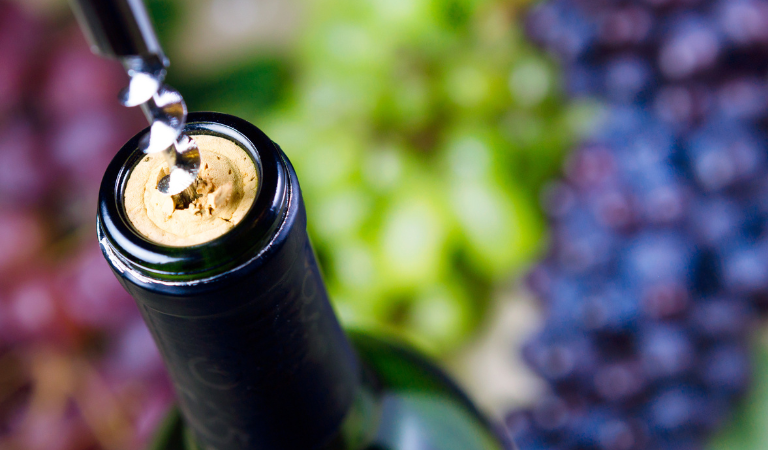
Keep Your Wine Fresh!
There are a few different ways to reseal a bottle of wine, depending on what you have on hand. The most important thing is to make sure that the bottle is airtight so the wine doesn't oxidize and spoil. Resealing your wine can be helpful when you want to save some for another time.
So next time you find yourself with half a bottle of wine, don’t pour it down the drain—reseal it, store it properly, and savor it another day! Looking for top-quality tools to preserve your wine? Explore our catalog to elevate your wine experience, check exclusive tips, product updates, and special discounts for wine enthusiasts like you!








